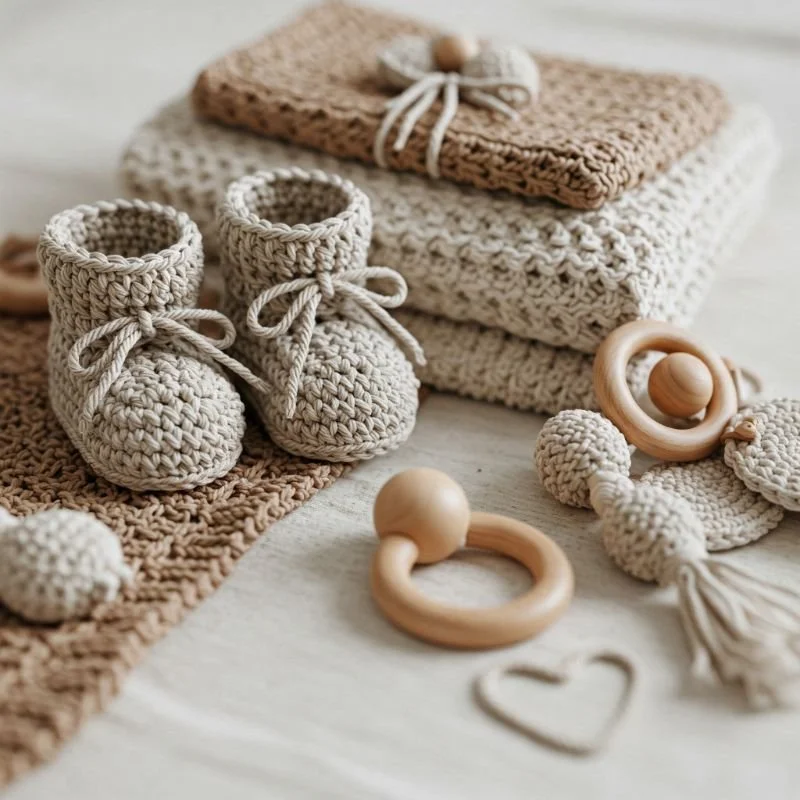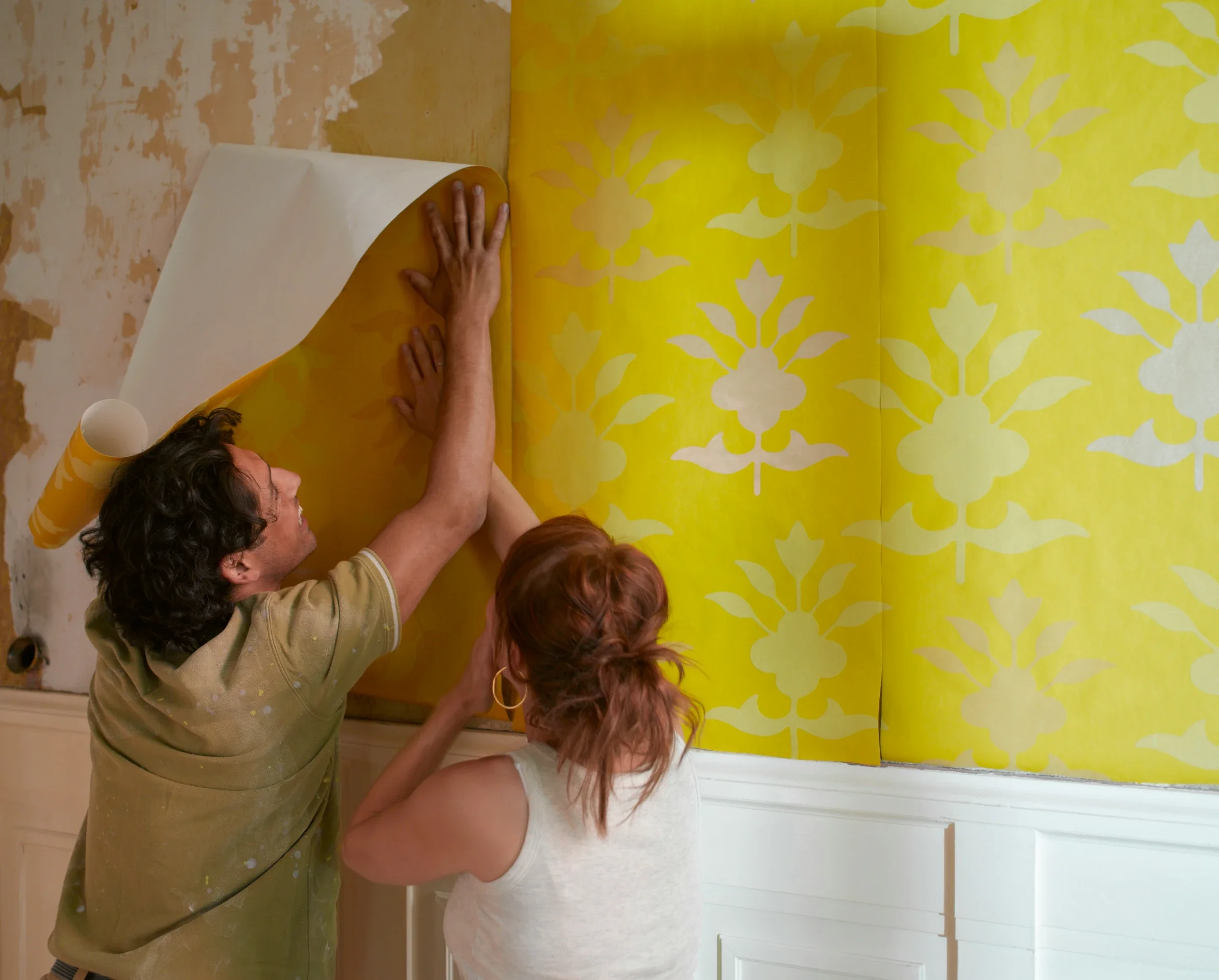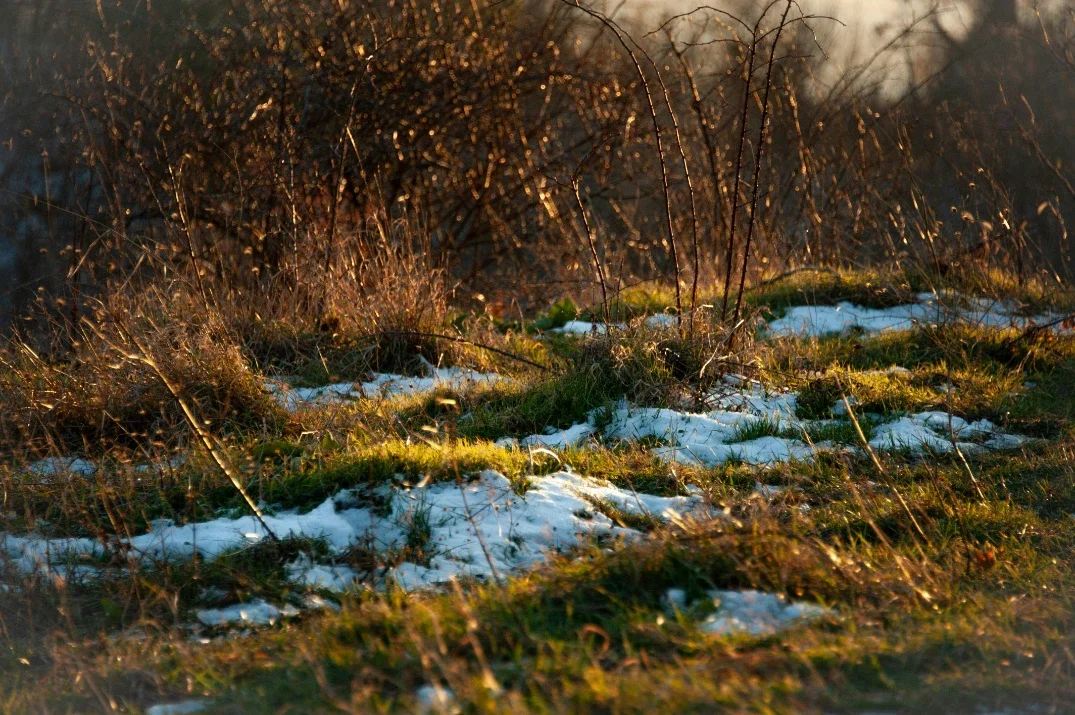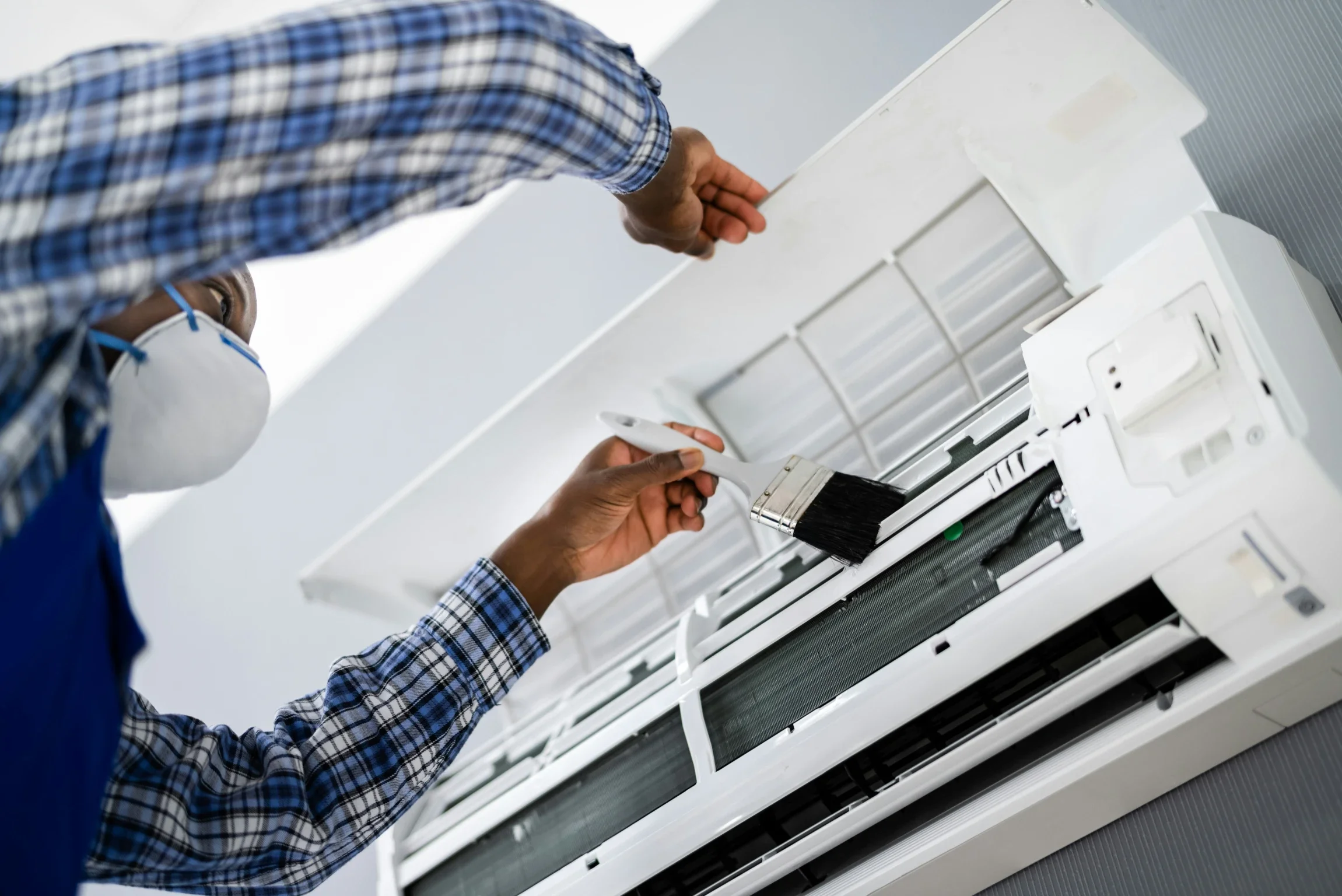15 Easy Baby Craft Ideas to Make at Home
Discover 15 simple yet engaging baby craft ideas that stimulate development while creating precious keepsakes. Perfect for parents seeking creative bonding activities with their little ones!
Remember those tiny fingers wrapping around yours for the first time? That same grasp now reaches for everything in sight as your little explorer discovers the world. Crafting with babies isn't just about creating cute keepsakes—it's an adventure in sensory exploration that builds neural pathways while capturing fleeting moments of their earliest days. As a mom who stumbled through my fair share of Pinterest fails and unexpected masterpieces, I've gathered 15 baby-friendly craft ideas that actually work in real homes with real babies (and real messes!). These projects balance simplicity with developmental benefits, turning ordinary afternoons into extraordinary memories. Whether you're looking to document those impossibly tiny toes or introduce textures that fascinate developing senses, these crafts invite you to slow down and create something meaningful together. No professional artistic skills required—just a willingness to embrace the beautiful chaos that happens when babies discover the joy of creation.
1. Hand and Footprint Memory Canvas
Those tiny hands and feet won't stay tiny forever, which makes capturing their perfect proportions a treasure worth creating. Gather a canvas, non-toxic paint, baby wipes, and your little one's cooperation for this classic keepsake. Choose colors that complement your home décor or embrace vibrant primary shades that stimulate baby's developing vision. Apply paint to your baby's hand or foot using a foam brush—work quickly before wiggles begin! Press gently onto canvas, then immediately clean those tiny digits. Add names, dates, or sweet sentiments around the prints once dry. Like butterflies preserved in time, these impressions freeze a fleeting moment of smallness that, amazingly, will one day fit inside the grown hands they become.
2. Sensory Discovery Bottles
Transform ordinary plastic bottles into fascinating worlds of discovery that captivate curious eyes while safely containing mesmerizing elements. Start with clean, securely sealed bottles filled with various combinations: colored water with glitter and baby oil; small jingle bells and ribbon scraps; or water beads in contrasting colors. Secure the caps with strong glue to prevent opening. These portable sensory tools become baby's introduction to cause and effect—shake the bottle, watch the contents swirl, repeat with wide-eyed wonder! The bottles serve as perfect distractions during diaper changes or car rides while stimulating visual tracking. Like handheld galaxies, these bottles teach babies that their actions influence their surroundings—a foundational lesson wrapped in something that looks like simple play.
3. Edible Finger Paint Masterpieces
Create worry-free artistic exploration with paints you won't mind ending up in curious mouths. Mix plain yogurt with food coloring or blend different flavors of baby food for a naturally colorful palette. Secure a large sheet of washable art paper to baby's high chair tray, dollop various colors within reach, and let those tiny fingers swirl, smear, and discover. The cool, smooth texture against sensitive fingertips provides delightful sensory input while developing fine motor skills. Preserve the resulting masterpiece with a photo before bathtime, or let the experience itself be the masterpiece. Like a chef experimenting with new flavors, your little one explores the boundless possibilities of transformation—turning simple materials into expressions uniquely their own.
4. Baby's First Salt Dough Ornaments
Preserve those impossibly small handprints or footprints in durable salt dough ornaments that become cherished heirlooms and perfect gifts for doting grandparents. Mix 2 cups flour, 1 cup salt, and 1 cup water until smooth, then roll to ¼-inch thickness. Press baby's hand or foot gently but firmly, then use a straw to create a hole for hanging. Bake at 250°F until completely dry (approximately 2 hours). Once cooled, paint with non-toxic colors or leave natural for rustic charm. Add the date and baby's name before sealing with clear acrylic spray. Like fossils preserving evidence of prehistoric creatures, these ornaments immortalize the fleeting smallness we wish we could hold onto forever.
5. Texture-Rich Sensory Books
Create a custom book that engages baby's developing senses while introducing the joy of reading. Use fabric photo albums or punch holes in cardboard squares and connect with metal rings. On each page, securely attach different textured materials: crinkly cellophane, soft velvet, bumpy corduroy, silky ribbon, or scratchy burlap. Add high-contrast images or family photos for visual stimulation. Narrate the sensory experience as baby explores: "Feel the smooth satin, hear the crinkly paper!" This homemade treasure grows with your child, evolving from tactile exploration to counting pages to eventually "reading" the book to you. Like a passport to different sensory worlds, each page offers new discoveries.
6. Personalized Onesie Designs
Transform plain baby clothes into personalized fashion statements using techniques even sleep-deprived parents can manage. For the simplest version, use fabric markers to draw designs or sweet messages on clean, ironed onesies. More ambitious? Try potato stamp printing by carving simple shapes into potato halves, dipping in fabric paint, and stamping patterns. For no-fail results, use adhesive stencils with fabric spray paint for professional-looking designs. Once completed and heat-set, these unique garments become conversation starters and photo-worthy outfit upgrades. Like giving your baby their first taste of personal style, these customized clothes celebrate their unique identity while providing practical wardrobe options that stand out from standard store-bought items.
7. Soft Fabric Sensory Balls
Create squeezable, grippable sensory balls that introduce babies to different textures while supporting developing gross motor skills. Cut various fabric scraps (velvet, cotton, felt, satin) into petal shapes approximately 4 inches long. Arrange 8-10 petals in a circle and sew the inner points together, stuffing with fiberfill before closing completely. For sound stimulation, insert a small bell inside the stuffing. The contrasting textures and easy-to-grasp shape make these perfect for little hands still mastering the art of holding objects. Watch your baby's delight as they discover how differently each section feels against their sensitive skin. Like botanical specimens collected in a single object, these balls introduce the concept that one thing can contain many different experiences.
8. Baby-Safe Natural Playdough
Introduce your little one to the squishable joy of moldable dough with this edible recipe perfect for babies exploring through taste. Combine 1 cup cornstarch, ½ cup baby rice cereal, and water added gradually until you achieve a modeling clay consistency. This soft, pliable dough provides resistance without frustration, allowing even the youngest crafters to experience cause and effect through squeezing and flattening. The natural ingredients ensure worry-free exploration even when it inevitably reaches their mouth. Focus on the sensory experience rather than creating specific shapes—at this stage, the process matters more than the product. Like training wheels for future sculptors, this simple dough builds hand strength and introduces the magical concept of transformation.
9. Growth Chart Keepsakes
Document your baby's physical journey with a personalized growth chart that becomes both functional decor and emotional time capsule. Start with a wide wooden board (6"x6') or heavy canvas. Mark inch and foot measurements along one side, then embellish with painted motifs that complement your nursery. As your baby reaches milestones, mark their height with handprints or footprints in progressively larger sizes, adding dates and weights if desired. Unlike store-bought charts, this one travels with you through moves and grows in sentimental value with each new measurement. Like a visual story of your child's physical journey, this chart transforms the ordinary act of measuring into a celebration of growth and change.
10. Tummy Time Splatter Painting
Transform essential tummy time into an artistic adventure by creating a mess-contained painting experience. Seal non-toxic washable paint and small marbles inside a gallon-size ziplock bag, then securely tape it to the floor during supervised tummy time. As baby pushes and pats the bag, the marbles create fascinating patterns while strengthening developing neck and shoulder muscles. The sealed environment allows exploration of cause and effect without the cleanup of traditional painting. When the masterpiece reaches peak perfection, sandwich the bag between paper to create a print of your baby's first artistic endeavor. Like a scientist conducting experiments, your little one discovers how their movements create beautiful, unpredictable results.
11. Baby's Handprint Family Tree
Create a meaningful family keepsake that celebrates connection across generations with this adaptable art project. Paint a simple tree trunk with branches on canvas or heavyweight paper. Use brown paint to take baby's handprint, positioning it as the central leaf or tree foundation. Gather handprints from other family members—parents, siblings, grandparents—adding them in different colors to create foliage or surrounding trees. Add names and birth years beneath each print to create a visual family record. This collaborative creation grows in meaning as your child ages and recognizes the hands that have supported them through life. Like roots anchoring them to their history, this visual representation shows your baby their place in the family story.
12. Sensory Ribbon Tags Blanket
Craft a portable sensory experience that soothes and stimulates with this ribbon-adorned security blanket. Cut two 12-inch squares from contrasting fabrics—minky or fleece for softness and cotton for stability. Between layers, sandwich 20-30 different ribbons (varying in texture, width, and pattern) folded in half with loops extending beyond the blanket edge. Sew around all sides, leaving ribbons exposed as tactile tags. These irresistible tags provide sensory feedback while developing fine motor skills through pulling, rubbing, and twisting motions. The contrasting fabric textures add another dimension of exploration. Like a portable sensory garden, this blanket accompanies your baby through daily transitions with familiar comfort while continuing to engage their developing senses.
13. Sound-Making Discovery Jars
Create a percussion section scaled for tiny musicians with these baby-safe sound exploration tools. Fill small plastic containers (spice jars or mini water bottles work well) with different materials: rice, bells, beans, or pasta. Secure lids with strong glue and decorative tape for additional reinforcement. Group jars in pairs with matching contents to introduce the concept of similar sounds. These homemade instruments develop cause-and-effect understanding while introducing basic sound discrimination. The varying weights and sounds provide multisensory feedback as babies shake, roll, and tap their musical creations. Like an introduction to the physics of sound, these simple containers teach babies that different materials create different sound experiences—music lessons disguised as playtime exploration.
14. Monthly Milestone Photography Props
Craft personalized props that elevate monthly baby photos from ordinary to extraordinary while creating a visual record of growth. Create number markers for months 1-12 using fabric, cardboard, or wooden numbers decorated to match a theme. Complement with seasonal elements or growth comparisons (baby next to the same stuffed animal monthly). Simple fabric banners with month numbers written in washable marker require minimal crafting skills yet create consistent, shareable images. These monthly photo sessions become cherished rituals, building anticipation for the next milestone marker. Like chapters in your baby's story, these images document subtle changes that might otherwise slip past in the blur of daily care, preserving each unique stage of their first year.
15. Baby's First Scrapbook Page
Preserve the ephemera of early babyhood in a thoughtfully designed scrapbook page that captures both tangible items and intangible memories. Gather a hospital bracelet, birth announcement, first hat, lock of hair, or tiny sock alongside photos from baby's first days. Arrange these treasures on acid-free paper, adding written reflections about first impressions, emotions, or hopes for your child. Include handprints or footprints as anchoring elements, with space for vital statistics and meaningful quotes. Even creating just one page captures essential memories when time feels too scarce for complete baby books. Like archaeologists preserving artifacts from an ancient civilization, we document these fleeting objects that tell the story of beginnings.
Conclusion
These 15 craft ideas remind us that creating with babies isn't about Pinterest-perfect results but rather moments of connection that engage developing senses and preserve fleeting stages. Each project offers something unique: keepsakes that capture physical growth, sensory tools that support development, or simply opportunities to embrace the beautiful mess of creating together. I've found that these simple activities transform ordinary days into extraordinary memories, slowing down time just enough to appreciate the miracle of watching tiny humans discover their world. Will your crafting adventures be perfectly executed? Probably not—and that's perfectly okay. The magic happens in the shared experience, tiny fingers exploring, and the joy of creating something together.
Frequently Asked Questions
1. At what age can babies start participating in craft activities?
Even newborns can participate passively in keepsake crafts, while interactive projects work best around 6-9 months.
2. How do I keep my baby from eating craft materials?
Use edible alternatives when possible and maintain constant supervision during all craft activities.
3. What crafts best support baby's development?
Projects with varied textures, colors, and sounds stimulate multiple senses while building neural connections.
4. How can I craft with multiple children of different ages?
Assign older siblings special helper roles while adapting the same project for different developmental stages.
5. What's the best way to preserve baby handprint and footprint crafts?
Use acid-free materials and store completed keepsakes away from direct sunlight to prevent fading.













































